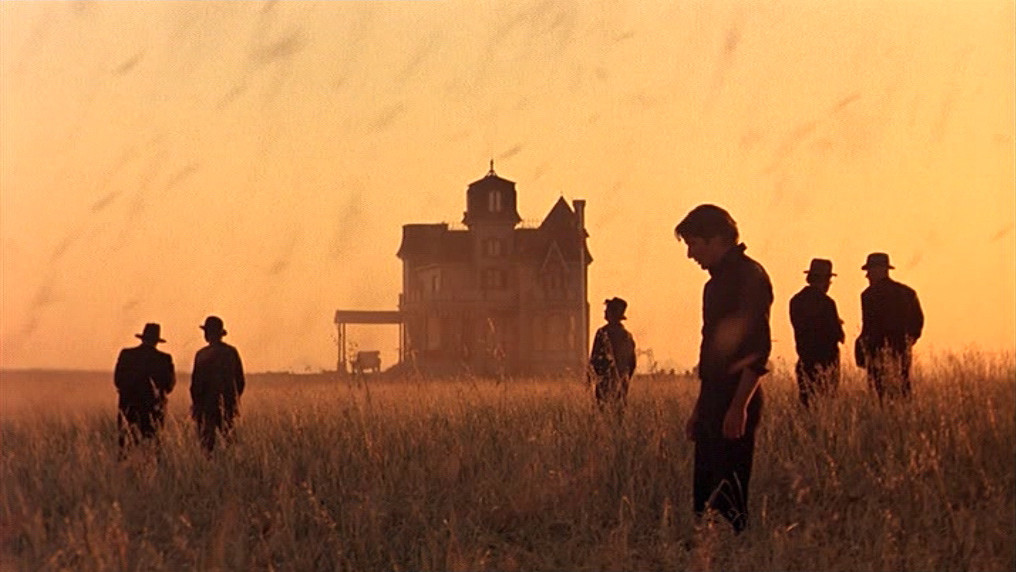
A large amount of films today rely so tightly on the narrative structure that they can underuse the aspects of the cinematic language. All films boil down to what story you’re telling or how you’re going to tell it. However, with the minimal use of story, plot, and character – you can actually achieve the most cinematic experience possible.
By stripping away complex plots and ideas, you allow all the departments on a film crew to explore, experiment, or change their approach. It allows the actors to be their character inside of memorizing or spitting out exposition; the cinematographer can explore light and movement; the editor can change the tempo of all scenes related; play with voice over and of course, the director can create a true cinematic experience.
The director can use the auteur theory and shape the way they want the characters to roam the frame, doesn’t care about how long or short a scene is, abstractions or avant garde or whatever the case may be. By removing all that is necessary to have a simple plot, character or story, you can create cinematic works of art.
1. The Revenant (2015)
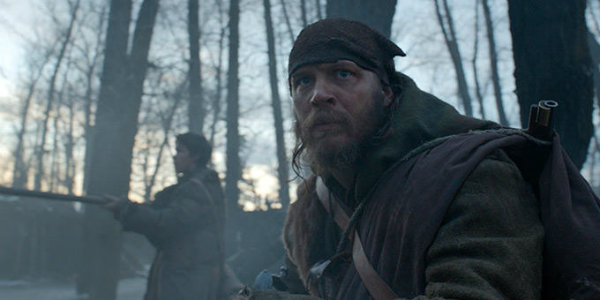
If you ask someone what’s it about?’ you might get bear attack, man vs. nature, epic survival, revenge story. All can be said is true but by having fur traders in the winter wilderness and one individual seeking revenge after a bear attack, Alejandro Inarritu crafted a marvel use of camera, light, and most importantly, feeling.
Emmanuel Lubezski, often called more frequently, the Master of Natural Light, out does himself here. The film has a scene where Indians attack the fur traders. We’ve seen it in thousands of westerns. But here, we get a single take – arrows flying across the screen, the camera pans up and down with gun fire, we track Glass into the water, blood squirts on the screen, Sakamoto’s score haunting us through the entire way, all using natural light in one take to create an immersion like you are actually there. And it continues for the entire film.
Not a lot of dialogue is spoken as DiCaprio centers in one extravagant wide shot after another as you feel the cold – this film should really be seen in the winter if you are able too. Inarritu doesn’t care so much as ‘what comes next’ because he’s too focused on creating a total immersion of storytelling where you are completely sucked into the character’s journey. This also allows DiCaprio to flex every muscle, literally, to achieve the viewer’s attention as he grunts, kills, and literally puts gunpowder on his neck wound.
With a simple story, Inarritu created a 156 minute survival epic where no element feels forced or out of play, we created stunning technical and creative achievements with this film. If he was focused more on the hunt or the Native American aspect, the film would have lost its focus but using cinematic language, he made a film we will talk about in years to come.
2. Chungking Express (1994)
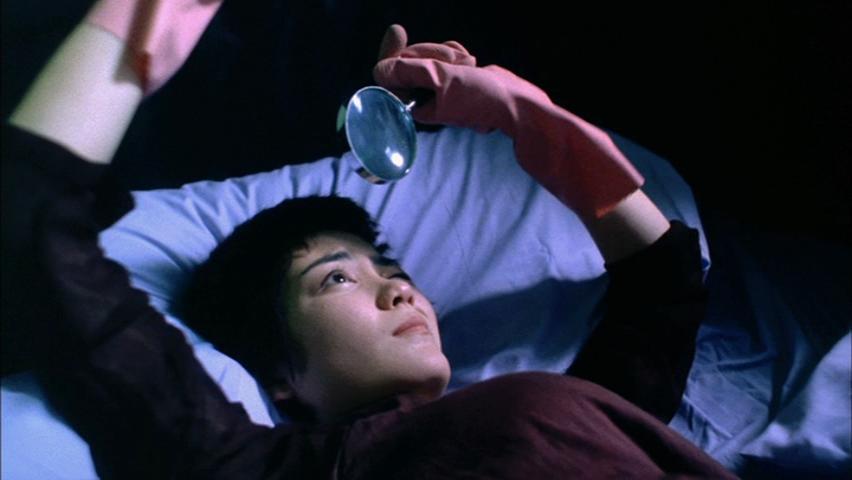
While Wong Kar Wai was editing ‘Ashes of Time’, he literally had some time to kill. So he got frequent collaborators, a script that wasn’t even finished and made a film that stands the test of time in film history.
Yes, the film involves two separate storylines that have no correlation between the characters but Kar Wai didn’t care. He wanted to make a film based on his own instincts and gut after a meticulously filmed and executed film he was editing. So he made a film where images flow over one another, fast or slow motion, punk style, voice over, all set in and around one hot Hong Kong apartment complex.
When you mention this film, people may say ‘California Dreamin’ by the Mamas and Papas. How can you not? The song literally flows along like a stream as do Tony Leung and Faye Wong look for a connection in their lost, wandering lives. Kar Wai allows the song to play literally in the shop and background for a majority of the second story.
As the film progresses and Kar Wai’s energy of a 1960s Godard is poured onto the screen, we care less and less about the plot or story. We are glued to the juxtaposition of sound and image. We forget why we care so much about a can of expired pineapples because we care about Cop 223’s feelings. And why do we care so much – because Kar Wai doesn’t just film it in a boring medium shot or close up – his distortion of colors, Doyle’s cinematography, rapid cutting with MTV style editing, and so on allow him to express the lonely and out of place feelings of Cop 223. Just one example of many in this film.
Wong Kar Wai has never made a boring film. Many of his earlier works where just about people so he created a new way to look and express those relationships. He changed not only the Hong Kong New Wave Cinema but world cinema as well.
3. 12 Angry Men (1957)
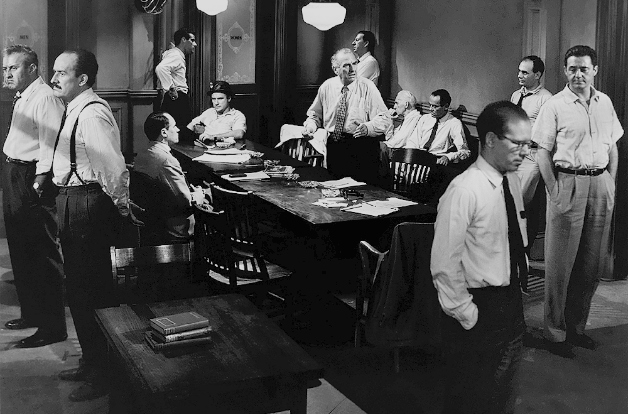
Yes, this film is strictly dialogue driven. But as Sidney Lumet said it himself ‘What’s the story about and how are you going to tell it?’. Where so many themes are explored, it’s only out of one central question we get this – did he do it? Out of Reginald Rose’s teleplay and screenplay, Lumet makes a masterpiece in the simplest terms.
The characters have no names – only numbers like Henry Fonda’s Juror #8. They have no set up or backstory. The film is in one location minus the opening court room and bathroom scene. The film has no color. Yet Lumet’s direction of allowing the story to breathe and unfold resulted in engrossing curiosity, suspension, intensity, confrontation, and so on. So we have the ‘what’ of the story amongst these 12 jurors. But ‘how?’.
Lumet’s camera starts off at a distant, slightly pointing towards the ground. As the film progresses, the camera gets closer and changes its axis point. By the end, we are in claustrophobic close ups with the ceiling over the character’s head trying to convince one another. Lumet made one room an epic battlefield where every word is a bullet.
The mise en scene includes all of the men, combos of two or four or eight – showing who believes the boy is guilty or not-guilty, the camera roves amongst the deciding faces, and so on. Lumet elevates a play and makes it cinematic by never having a stale theatrical moment and constantly using the camera to express the film.
Take the push in on the actual knife and medium-close up on the replicated knife to everyone’s astonishment. By a simple use of object, Lumet changes the tone of the entire scene, the character’s point of view, and therefore the film in general. There’s no city destruction or elaborate set design, just a group of people in one room trying to make a decision.
Almost the entire film is an example of minimalist terms of filmmaking. Lumet’s film, his debut nonetheless, allows high use of cinematic storytelling with characters of no name, one setting, and one question.
4. 2001: A Space Odyssey (1968)
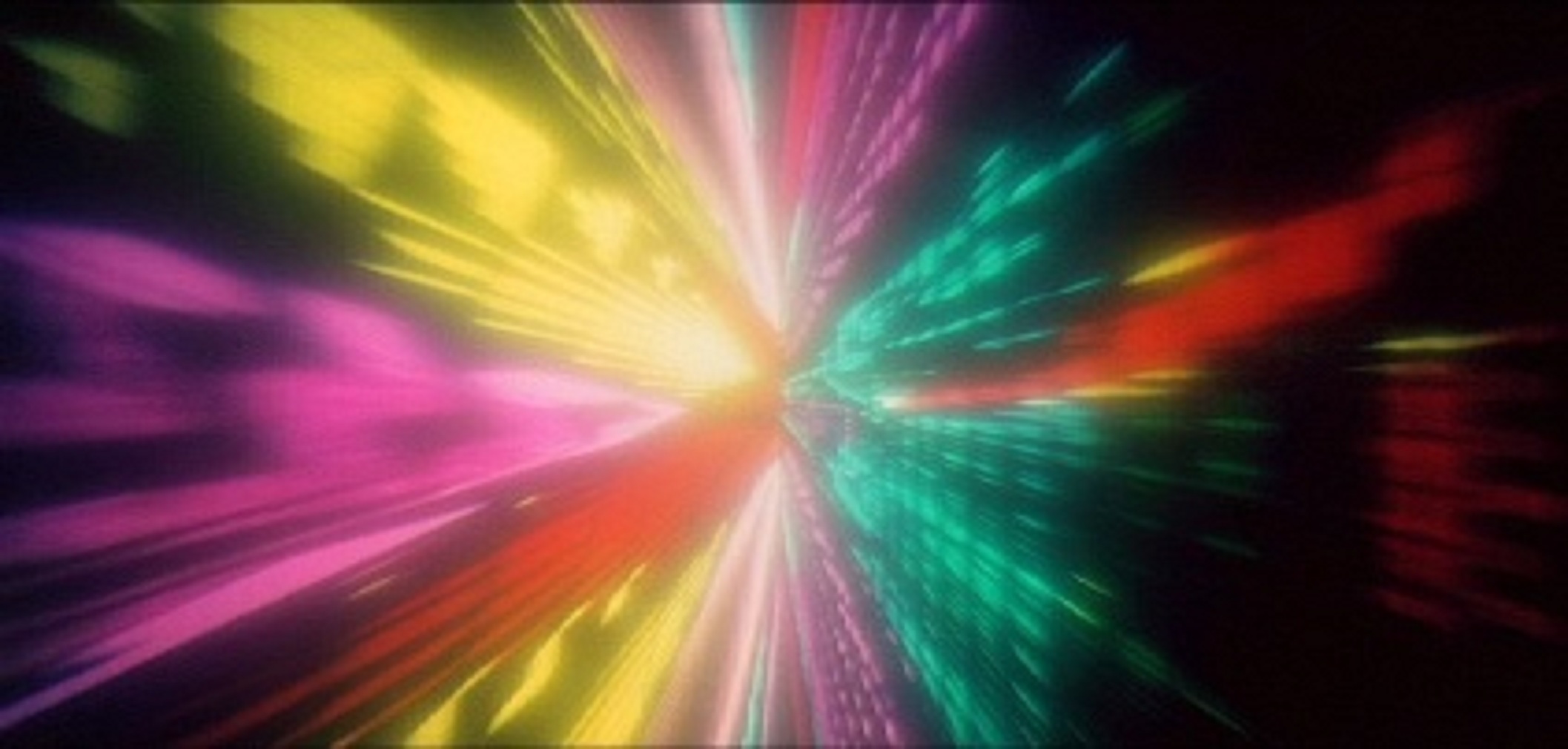
Yes, lots of ideas are explored and touched upon. From the religious, scientific, philosophical, and extraterrestrial theories on this film – it’s in the simplest terms explored by Stanley Kubrick.
Kubrick, working heavily with Arthur C. Clarke, was so detail orientated and wanted a true science fiction film but the way the film unfolds reveals larger than life questions. Start from the beginning in terms of typical narrative structure – 15 minutes of apes followed by 10 minutes of spaceships docking to classical music, and then we have the first lines of dialogue spoken by the first human beings appeared.
Kubrick is showing, not telling, us his story. There’s literally nothing else to observe except for apes and spaceships for the first 25 minutes. Considered indulgent or excessive, Kubrick’s grand epic story of exploration, technology, and human existence is in the simplest way.
The film unfolds in long scenes – 4 minutes of running in the space craft, 12 minute of deconstructing of HAL and a 15 minute StarGate sequence – literally out of 13 words – “Sees astronomical wonders; the birth of galaxies, giant red stars, fiery nebulae, etc”. Believe it or not, Kubrick’s approach was extremely simple. And out of this he created one of the greatest cinematic experiences of all time.
‘2001’ might be the best example of avoiding exposition – Kubrick later scrapped the narration part of the film because it explained too much and overabundance of excessive ideas. By unfolding one idea after another in one story, the viewer is left to make the connections, resulting in simple storytelling and minimal characters to achieve a greater, expansive film.
5. I Fidanzati (1963)
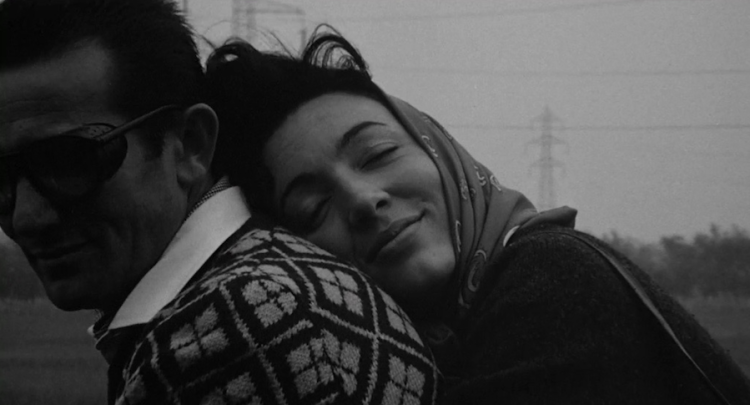
Translated in English to ‘The Fiances’, a pure humanist at heart, Ermanno Olmi’s film explores the straining and difficulties of maintaining a relationship in a modernizing Italy and Sicily. Where a majority of his contemporaries would have opted for a neorealist approach, Olmi focuses solely on the two leads in a film of imagery and voiceover resulting in romantic lyricism.
The plot of the film couldn’t be simpler, man takes job in Sicily while woman stays up north – they try to live their lives the best way they can. Most directors at best would show the two differing landscapes and how the characters continue their lives but Olmi uses voiceover of letters written to one another, a stark black and white photography, and interconnections of events to link the two, almost pre-Malick so to speak.
For example, the beginning of the film is a ball scene where the viewer can sense something is out of tune. Instead of simple dialogue or set up, Olmi lets the camera float amongst the attendees and frames the couple beautifully together before their painful separation begins. He allows the camera and the silence of the actors to do to talking.
The 77 minute film could almost be labeled a visual poem due to the voiceover and phone calls over the modernizing and industrializing Sicily back drop and the flashbacks of their time spent together. From the open air, field flashbacks of them rolling in the wheat fields to the isolated hotel room and bleak factory lifestyle shows the two opposing states this couple is in. Olmi lets a film unfold before our eyes and we feel every emotion these characters express.
With a simple set up of a man and woman – no divorces or affairs, side relationships or friendships or other plot like problems, Olmi’s poetic film elegantly shows these two people trying to make it together apart.